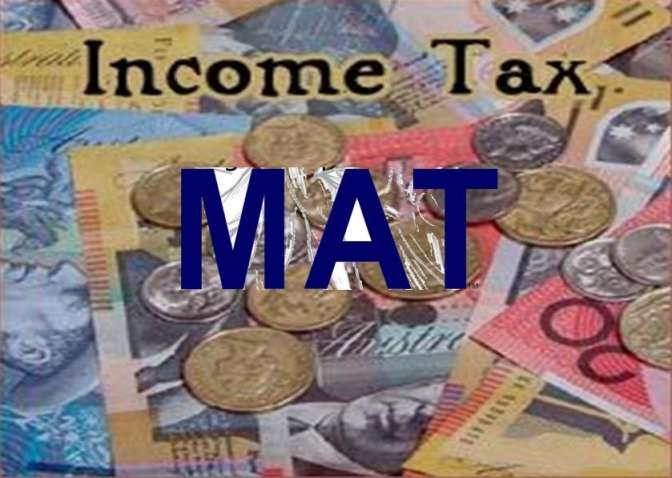
KFC has over 17000 outlets with presence in 105 countries & territories around the world. However, despite such a wide diversity in locations, two regions form the critical part of its success story: US and China. KFC was the first US restaurant to foray into China as early as 1987, when the wings of liberalisation were beginning to gather pace under Deng Xiaoping. That move paid rich dividends as China is its most profitable market today, contributing about half of its global sales. The company operates self-owned restaurants in China operated by fully owned subsidiary KFC China unlike in US where it follows the franchise model. Operating company outlets has a very big advantage as it ensures larger profit margins during periods of market expansion. On the other hand, during a turmoil it increases the financial risks for the shareholders of the firm. KFC appears to be on similar ground in China.
Is KFC maintaining quality standards in India? What do you feel ?
KFC follows a franchise model in India unlike China which further increases the risk of a similar problem. Furthermore, for most of the outlets in eastern India, frozen chicken is supplied from a Calcutta based poultry farm, raising further doubt whether such chicken is safe for consumption considering the distance involved in transport. The case might be similar for outlets in other parts of the country as well. It can only be hoped that the Indian food authorities are as active as their Chinese counterparts and the safety concerns of the Indian consumer are being adequately looked into.
You might like reading:

Depressed IT workers: Nasscom & HR managers need to know!
According to a recent Economic Times report, depression and stress levels among IT sector workers are reaching alarming levels. Says P Satish Chandra, director, NIMHANS, “In the past six months, more and more IT executives are coming in with problems of acute depression, insecurity, low confidence, dejection, aversion to social life and panic. Earlier, fewer people came and with different […]

Minimum Alternate Tax (MAT) and its impact on FIIs
Minimum Alternate Tax (MAT) is not a novel concept. It has been in existence in India for at least for the last two decades. The reason for the imposition of MAT is pretty simple – Companies with significant incomes, which even go the extent of companies distributing dividends to shareholders, take advantage of incentives and deductions to show close to […]






























